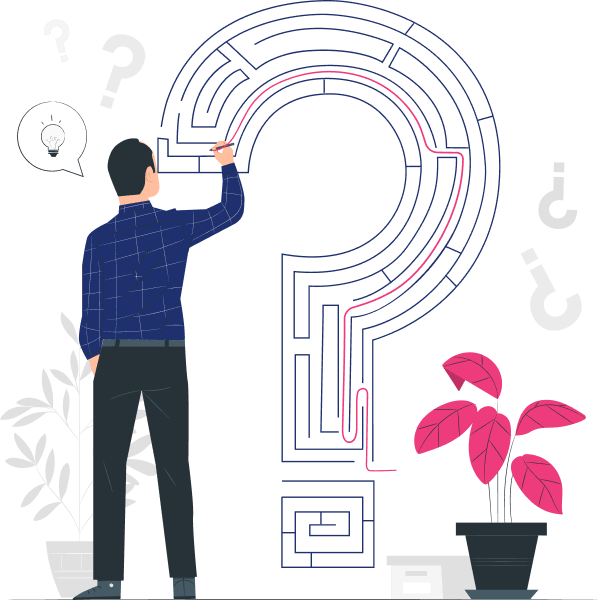A new and fast-growing Indian private bank improves its customer experience. Fewer customers now call them to raise issues. This creates bandwidth in the call centre for meaningful conversations around newer opportunities.

Context
The client is a fast growing private bank in India. Its operations are enabled by advanced technology. Still in their early days of building deeper customer engagement, their customer service costs were going up. This was particularly the case in the call centre channel, thanks to high call volumes. In addition to higher operations costs, it also affected customer satisfaction.

Challenge:
The bank was keen to bring down this cost and improve customer experience. Dhurin is supporting it through descriptive analysis and machine learning models. The descriptive and diagnostic part covers an analysis of call volumes and root cause. The calls are then classified and channelled differently. We were also able to understand which customers were likely to call repeatedly and why? and provided pointers so the bank can proactively fix the underlying issues.
Exhibit 1
We imported the call data from CRM DB into SAS environment and conducted a thorough analysis. We saw that with increasing customer base, call volumes, call duration, and therefore costs were growing. This needed intervention. Further digging into data showed about 20 % requests were sheerly for information purposes such as balance amount, maturity interest etc.
Further, we classified the nature of calls into proactively serviceable, self-serviceable and serviceable with support personnel. Analysis of customer behaviour revealed a tendency to stick to calls if a call centre had been the initial channel to reach the customer service.
Based on the combined analysis—we developed a machine learning model to predict(identify) likely callers. This model was used to proactively reach out these customers via educative campaigns around quick and easy self-service options.
Exhibit 2
The multivariate predictive machine learning classification model using SAS and Python.
Input data was collected in SAS from multiple sources including call data, customer data, bureau data, mobile app data, WhatsApp usage data, payment data, loan data. More than 200 variables were created from input data (feature engineering) and their information value was used to filter them (dimension reduction) for modelling iterations.
The model was developed in Python using XGB technique as it provided higher predictive accuracy. The model was developed iteratively and 17 variables were finalized. It was validated using in-sample data and out of time sample. A scoring scheme was developed for monthly scoring of the model as a production run. Scored customer list was passed on to the campaign team for further action.
| Metric | Value |
| ROC – AUC | 78.7% |
| Gini Coefficient | 57.4% |
| KS metric | 40.9% |
| Model capture in top 2 deciles | 57.1% |
The results
A monthly scoring scheme of the model is now part of the production run. Scored customer list is passed to the campaign team every month for prompt action.
Initial results show that service calls for these topics have already reduced by about 7% and we believe it will only improve.
